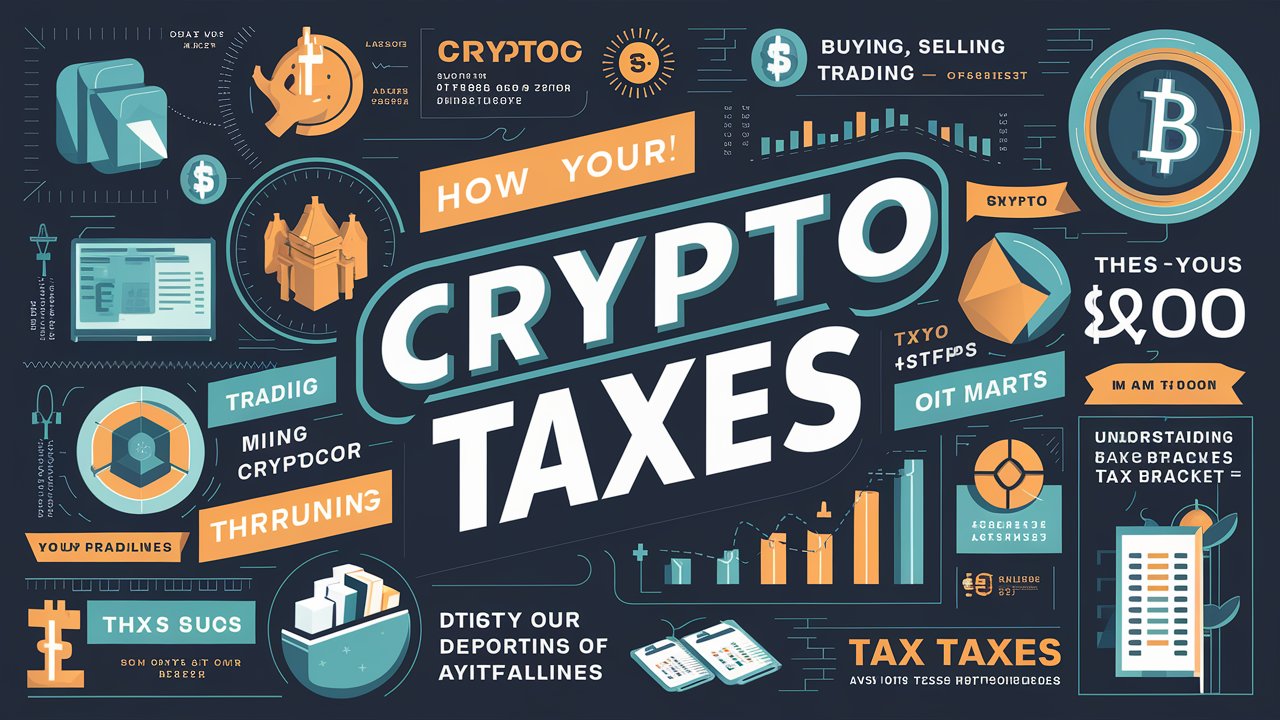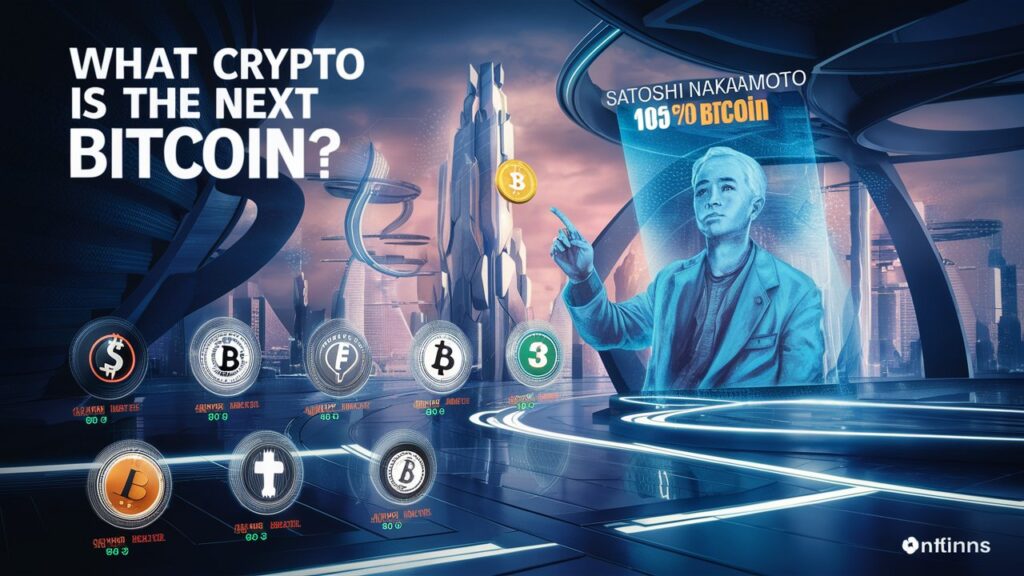Cryptocurrency mining is the backbone of the blockchain network, ensuring transactions are verified and added to the public ledger. Understanding how crypto mining works is crucial for anyone interested in participating in or investing in the crypto space. In this guide, we’ll delve into the intricacies of crypto mining, from the basics to advanced concepts.

What is Crypto Mining?
Cryptocurrency mining is the process by which transactions are verified and added to the blockchain ledger. Miners utilize powerful computers to solve complex mathematical puzzles, known as hash functions, to validate and secure transactions.
The Role of Miners
Miners play a vital role in maintaining the integrity and security of the blockchain network. They validate transactions, prevent double-spending, and ensure consensus among network participants.
Proof of Work vs. Proof of Stake
Two primary mining algorithms exist: Proof of Work (PoW) and Proof of Stake (PoS). PoW requires miners to solve cryptographic puzzles, while PoS relies on validators who hold a certain amount of cryptocurrency.
How Does Crypto Mining Work?
To understand how crypto mining works, let’s break down the process step by step:
1. Transaction Verification
Miners collect pending transactions from the network and verify their validity.
2. Creating a Block
Valid transactions are grouped together into a block. Miners compete to be the first to solve a cryptographic puzzle that allows them to add the block to the blockchain.
3. Solving the Puzzle
Miners use computational power to solve complex mathematical puzzles, known as hashing algorithms. The first miner to find the correct solution broadcasts it to the network.
4. Block Verification
Once a solution is found, other nodes in the network verify the block. If validated, the block is added to the blockchain, and the miner is rewarded with newly minted cryptocurrency and transaction fees.

The Mining Process Explained
Crypto mining involves several key components and processes:
Hardware
Miners use specialized hardware, such as ASICs (Application-Specific Integrated Circuits) or GPUs (Graphics Processing Units), to perform the necessary calculations efficiently.
Software
Mining software facilitates communication between the hardware and the blockchain network, allowing miners to participate in the mining process.
Mining Pools
Many miners join mining pools to combine their computational power and increase their chances of successfully mining a block. Rewards are distributed among pool members based on their contribution.
Challenges and Considerations
While crypto mining can be lucrative, it’s not without challenges and considerations:
Energy Consumption
Mining operations consume a significant amount of energy, leading to environmental concerns and debates about sustainability.
Competition
As more miners join the network, competition increases, making it harder for individual miners to earn rewards.
Regulatory Landscape
Regulatory uncertainty surrounding cryptocurrency mining varies by jurisdiction and can impact profitability and operational feasibility.
FAQs (Frequently Asked Questions)
How profitable is crypto mining?
Crypto mining profitability depends on various factors, including hardware costs, electricity prices, and cryptocurrency prices. It’s essential to consider these factors before investing in mining equipment.
Can anyone mine cryptocurrency?
Yes, theoretically, anyone with access to the internet and suitable hardware can participate in cryptocurrency mining. However, profitability and success may vary based on individual circumstances.
Is crypto mining legal?
The legality of crypto mining varies by country and region. Some countries have embraced cryptocurrency mining, while others have imposed restrictions or outright bans.
What is a mining rig?
A mining rig refers to a setup consisting of specialized hardware designed for cryptocurrency mining. It typically includes multiple GPUs or ASICs connected to a motherboard.
How often are new bitcoins mined?
New bitcoins are mined approximately every ten minutes, with the reward halving every four years. This process is designed to control the supply of bitcoins and ensure a predictable issuance schedule.
How does mining difficulty affect crypto mining?
Mining difficulty adjusts regularly to maintain a consistent block time. As more miners join the network, the difficulty increases, making it harder to mine new blocks.
Conclusion
Understanding how crypto mining works is essential for anyone looking to participate in or understand the world of cryptocurrencies. From the basics of transaction verification to the complexities of hardware and software, crypto mining is a fascinating and ever-evolving field.











